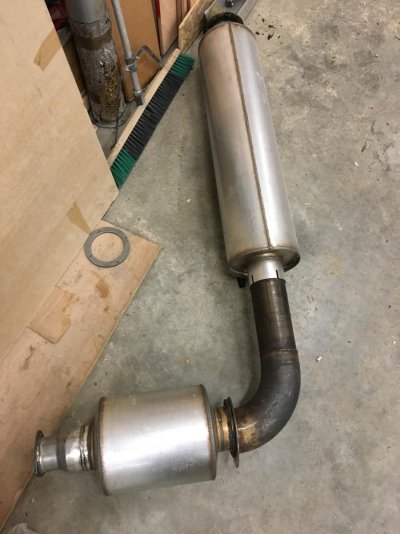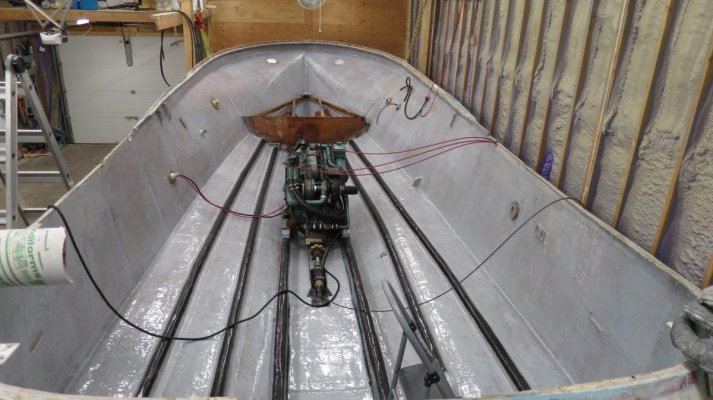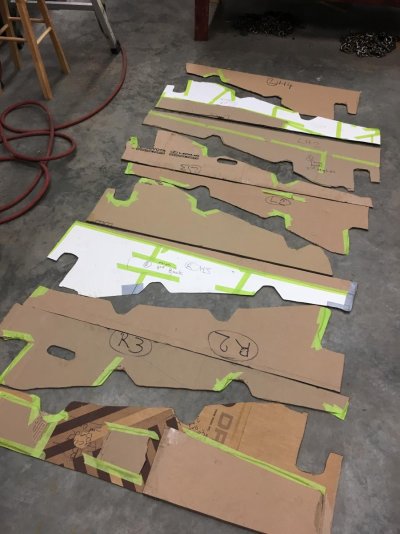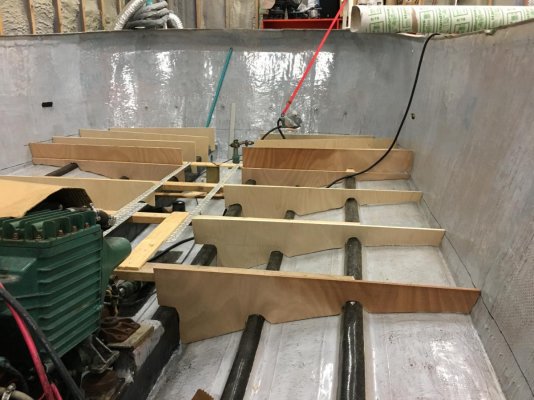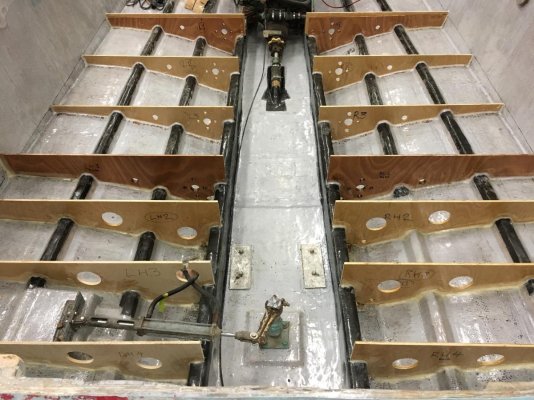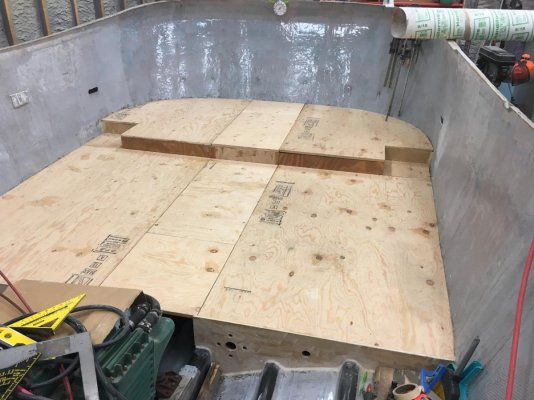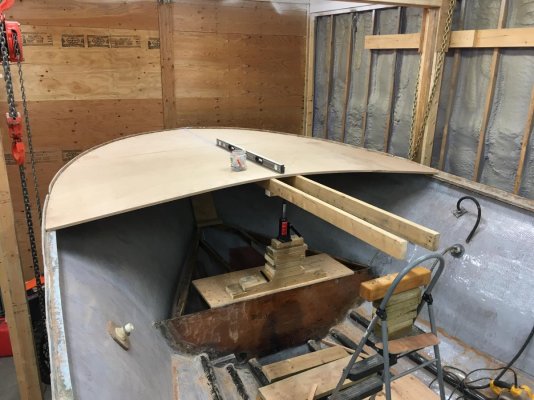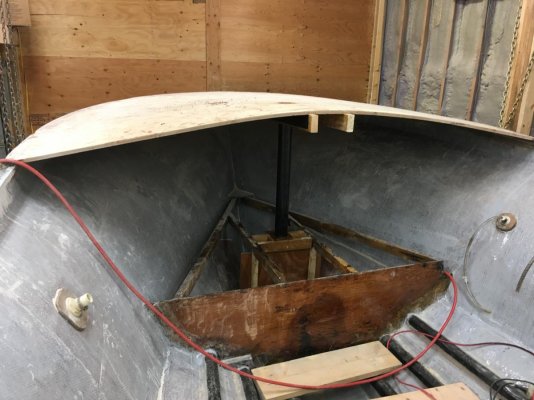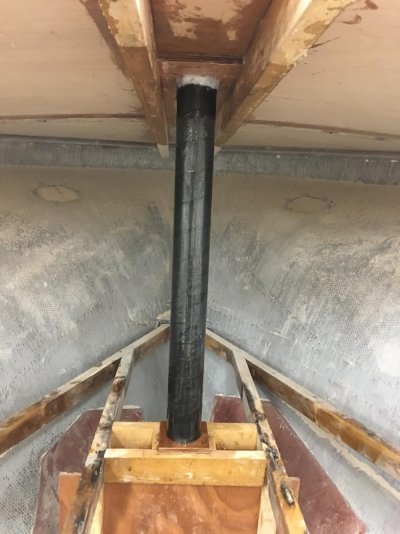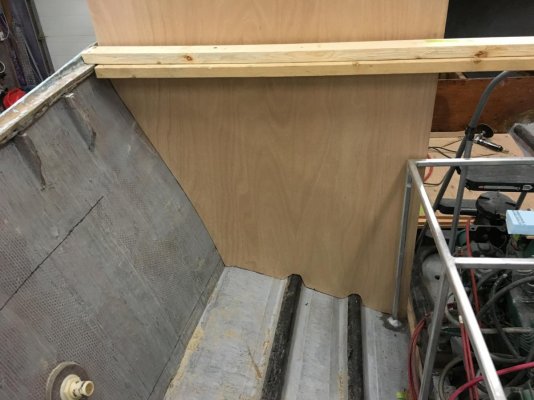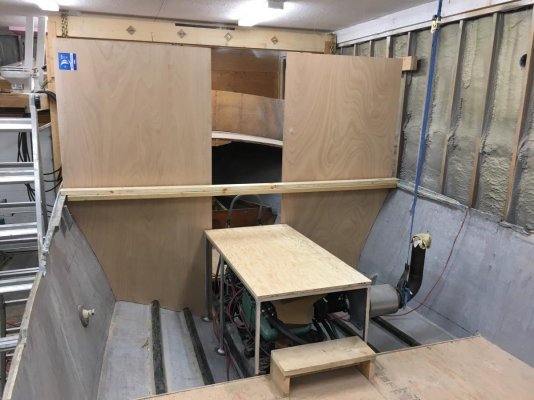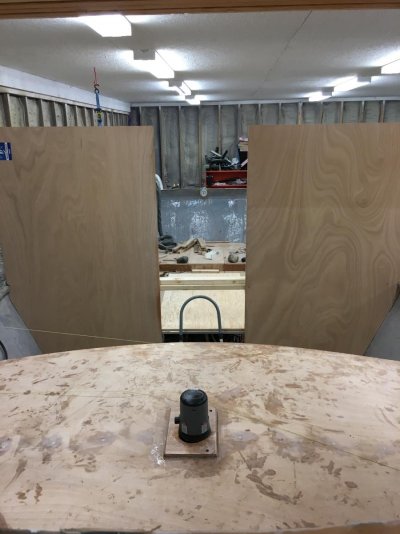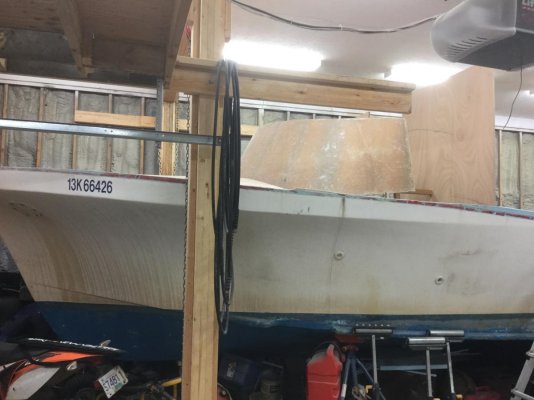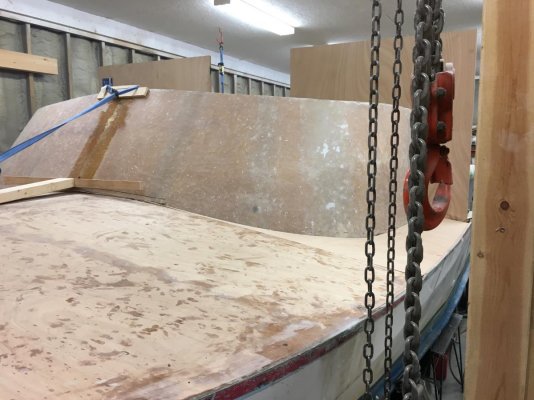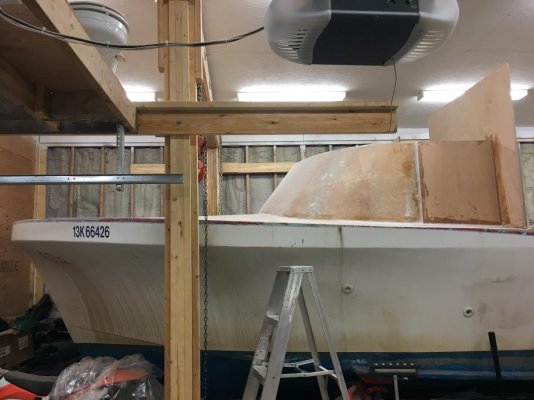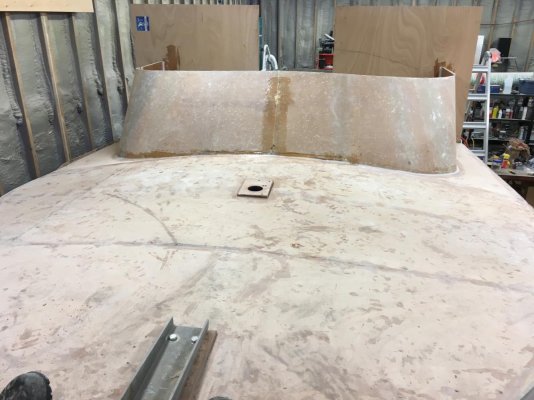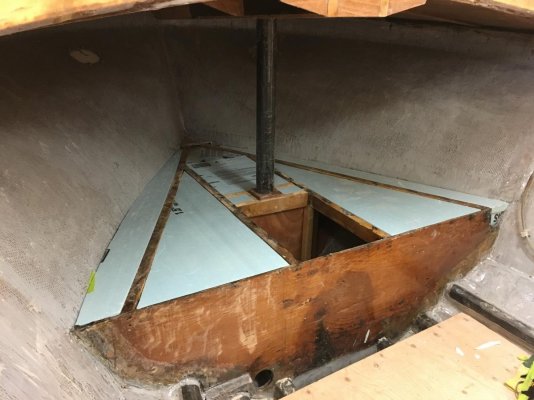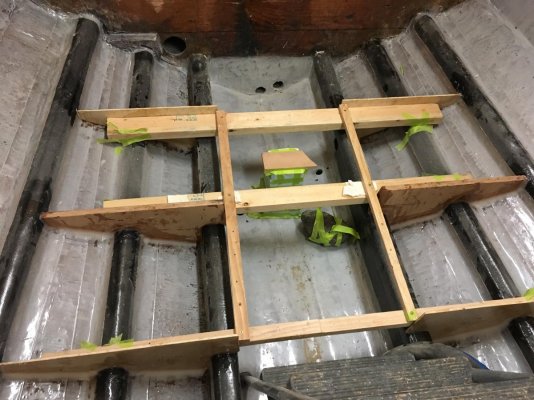koliver, my engine tag says 41B, and yet it's definitely turbocharged and after cooled, which I thought for sure that makes it a TAMD41B. Any ideas?
View attachment 80187
I call mine TAMD41s, as they now power a shaft drive, though when I bought them, they were called AD41s, as they had powered a Commander 30, with outdrives. My mechanic (Volvo guy) explained the terminology that way. Perhaps yours came from an outdrive boat too?
Have you the history on the exhaust elbow? I replaced both of mine a couple of years ago, at 6000 hours and 36 years. One was definitely shot. The other likely not far behind.


